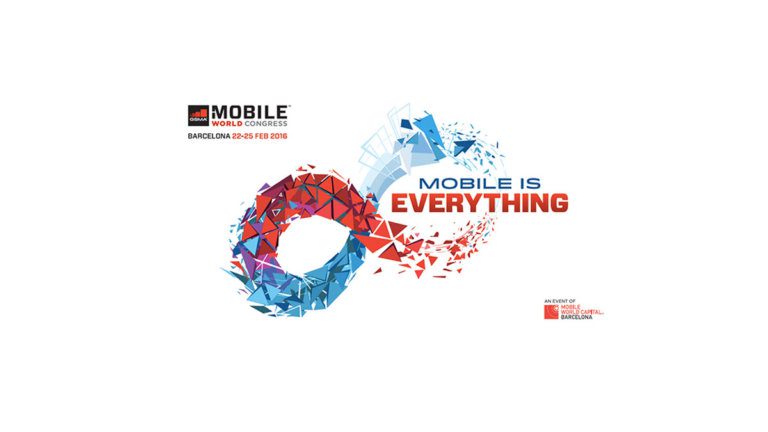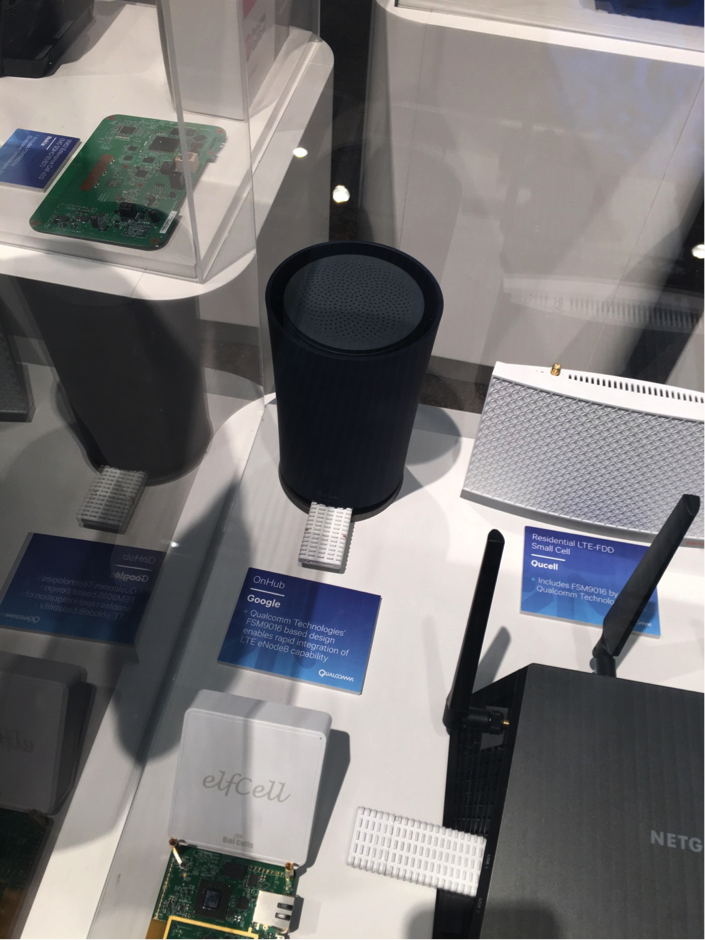News
Impressions From Mobile World Congress

When I last left you at the end of my first day at Mobile World Congress, I had carried out a scouting tour.
We started Tuesday morning with four excellent presentations:
- From Qualcomm: Eduardo Esteves, VP of Product Management at Qualcomm, presented their silicon IC strategy. Their technology is at the heart of most of the world’s smart phones and wireless systems. Eduardo covered key developments in LTE-U, LAA and LWA which all use the 5GHz unlicensed spectrum with an anchor mobile carrier to carry the signalling traffic. This of course prevents a fixed operators from using any of these 3GPP mobile technologies. While both LAA and LWA use “listen before talk” which is a “good neighbor” to WiFi, LTE-U’s co-existence with WiFi is the subject of much debate where CableLabs represents the members’ interests here with the WFA. Clearly, Qualcomm’s new strategy is to develop new technologies which help fixed operators now with mobile technologies such as MuLTEfire, which uses LBT, and integrates the “LTE protocol,” without an anchor mobile carrier into the 5GHz band for smart phone use. This represents another major opportunity for MSOs for entry into mobile plays besides 3.5 GHz. The key here is the support from Qualcomm to help make this technology available in future handsets. In the afternoon, they launched the MuLTEfire alliance with key members such as Ruckus, Nokia and Intel. Qualcomm is also developing silicon in an alliance with Ruckus and Intel for 3.5GHz shared access with a range of strategic partners including Baicell, Google, Ruckus, and Netgear using USB dongle reference designs. See photograph below, where the white dongle is the 3.5 GHz eNodeB:

This demonstration shows how easy it to turn an existing device into a mobile base station.
Personally I find this photograph as one of the most important finds at MWC! It shows how fast technology can enable new business opportunities and models for fixed operators - The beginning of “micro-mobile operators.” Applications here are probably only 3+ years from commercialization.
2) From New Street Research: Spencer Kurn who is a founding partner of New Street Research presented a bullish strategy for the opportunities for the United States based MSOs in mobile which included both retail strategies and a wholesale play.
3) From Kumu: Joel Brand who is Vice President of Product Management presented the wireless equivalent of Full Duplex DOCSIS® technology based on original Stanford University research. They can double the capacity of mobile spectrum by implementing a complex algorithm that allows radios to both talk and listen at the same time using techniques similar to noise cancellation in headphones. It was great to see how this original research has lead to two key acheivements recently in both the cable and wireless domains for full duplex.
4) From Orange: David Baillergeau, who is head of Orange TV content strategy presented their plans around VR content and opportunities for next generation TV. This at a time where many vendors at MWC 2016 were demonstrating VR technologies. Our tour in the afternoon ended on the Samsung VR rollercoaster. Having recently been to Universal Studios, I found this VR simulation to be so close to the real thing that I was truly terrified!
The afternoon guided tour of MWC included visits to Qualcomm, Ericsson Huawei, Vodafone and Samsung. The first three majored on the consistent story of the march of mobile technologies from today’s 4G LTE toward 5G with aspirational 1Gbps speed in a cell to 10Gbps in millimetre 5G small cells as described yesterday.
Vodafone presented some very interesting applications of mobile technologies. I particularly liked how you can share a good 4G connection with your nearby neighbors who are in poorer reception by using a WiFi relay system. Vodafone uses an app you can download which does not affect your data allowance. They also extended this concept to the use of TDD spectrum for use in car mobile hot spots. The European 3G spectrum auctions of FDD spectrum also included a small amount of TDD. Modern smartphones now support these bands so why not use this ”free” TDD spectrum?
The tour ended at Samsung where we were shown the latest mobile devices which include the new Samsung Galaxy S7. Having been a life long Apple fan, I observed that Samsung may be winning the technology battle in almost every facet from the screen, to the camera, to waterproofing, to battery and applications. Their Samsung Pay looks remarkably like Apple Pay!
WiGIG (802.11ad)
While focused on mobile technologies, many vendors such as Qualcomm and Intel were demonstrating WiGIG (802.11ad) which uses 60GHz millimeter wave technologies for short range transfers. It can achieve reliable download speeds of 3-4x faster than 802.11ac with the exhibitor demonstrating real transfers of HD content speeds of over 2 Gbps through wooden walls.
And finally:
One last thing I achieved at MWC 2016 is fitness. I walked miles to see all the technologies in eight different halls each of which could house the whole US CTIA mobile show. I am looking forward to Day Three where the members will enjoy a session with the start-ups we identified. Scott Brown will cover the Up Ramp™ Fiterator™ accelerator while I have arranged a number of strategic vendors meetings in the mobile space for CableLabs’ mobile innovation strategy. Best keep that a secret for now!

